From our City Hall Correspondent:
Former San Francisco Board of Stupidvisors President Matt Gonzalez, who grew weary of the City’s political divisiveness and said sayorona to the Board, then at the witching hour abruptly dedided to run for mayor against Gavin Newsom and came a shave’s close to beating him, started a law practice and in his spare time worked on his collage art. That proved to be time well spent.
I tried to see this through the window, from Matt Gonzalez @ In vitro Gallery
(One may recall that Gonzalez began the City Hall tradition of hosting monthly art shows in his Supervisor’s digs, complete with jug wine for the sipping. Supervisor Ross Mirkarini, who is an aspirant to Gonzalez’ old job as Board president, heard the call to the clambake and is continuing to host art shows in his office.) ===
Gonzalez who clearly hasn’t altogether sworn off politics, is presently running as the vice presidential candidate on Ralph Nader’s reform slate and will be out of a job come November 4. Not to worry. His day job at his law firm is in full bloom, and his artistic moonlighting is paying off.
This month a trendy Chicago art magazine praised Gonzalez quizzical collage work – he found time on the vice-presidential campaign trail to open an art show in Obamaville – which we post here as a service to the political junkies who follow the career twists of talented politicians (and may wish to sneak a peek at the art stuff.)
whitehot CHICAGOÂ | October, 2008. Matt Gonzalez @ In vitro Gallery
I tried to see this (collage) through the window, from Matt Gonzalez @ In vitro Gallery
Matt Gonzalez: I Put It Back In Order For You
In vitro Gallery,Chicago, October 3-31, 2008.
Matt Gonzalez’s focus on the construction of small-scale collages may, at first glance, seem modest and naïve. However, on closer scrutiny, the choice of collage as an aesthetic strategy is deceptive in its art historic familiarity, and is dense with art historical allusions conjured by collage as a technique.
The choice of collage resurrects Cubism’s formal disruptions of a tradition in Western painterly representation of spatial and symbolic fundamentals essential to the creation of an illusion of three-dimensionality on a two dimensional surface; a Dadaist transformation of debris from the street, through the juxtaposition of fragmented images, into a means of cultural intervention aimed at disrupting settled notions of art; and Surrealist aesthetic appropriations of popular and commercial sources to create incongruous visual mixtures that probed unconscious fears and desires, aesthetic pleasures, and irrational contemplation.
The invocation of these inherited aesthetic traditions through the use of collage operates subtly in Gonzalez’s work — formed from acts of selecting, collecting, manipulating, and re-presenting evidentiary residues of everyday commodities gleaned from a contemporary landscape — in the expression of the artist’s individual subjectivity, creating material condensations that speak to our societal interconnectedness via allusions to economic and social structures that bind us.
This cultural politics, referenced by a contemporary utilization of collage, speaks to a politics of representation — both then and now — through the use of images, texts, and aesthetic strategies drawn from an international reservoir of sources and signifying practices that reference the diverse histories that inform Gonzalez’s social being and consciousness, and thus his work.
Rather than making overt political statements that directly address social issues, Gonzalez’s visual condensations seem to be concerned with engaging, stimulating ideas, and triggering associations from diverse histories through the multiple interpretations that reverberate in the works. Indeed, with this work he seems less concerned with affecting consciousness for social transformation, or creating a feeling of solidarity centered in sympathetic issue identification, or reinforcing ideologies that separate or demarcate art from politics in contemporary life, than with constructing objects that affirm the notion that art and everyday life are connected and open to multiple interpretations.
Here, a simplistic separation and fragmentation of art from society, which tends to relegate politics in art to legible content and to reduce cultural politics to declarative messages that communicate to an already initiated sympathetic audience, is undermined in favor of recognizing that the construction of art is integrally related to the making of meaning through interpretive viewing — a politics of cultural representation that implicates the both the maker and the viewer in discursive entanglements connected to various histories and cultural discourses.
These works are heir to avant-garde traditions centered in subverting hierarchies in the arts that were anchored in social divisions of labor and the compartmentalization of knowledge related to the rise of capitalism, which established a distinction between “high†and “low†cultural practices. These avant-garde strategies critically re-examined the visual conventions, traditions, premises, rules, concepts of order, canonic standards of beauty, and codes of art that had previously structured and constituted what is “art,†by re-signifying and blurring distinctions between media to formally render the nature and significance of the materials and the objects constructed as fluid.
However, here the nature and symbolic function of the congealed fragments, such as tickets, candy wrappers, printed packaging, and other ephemera collected in the course of the artist’s everyday life, are used to form a visual allegory for one man’s contemporary existence — articulated by cohering dislocated cultural particles through a practice of material appropriation, recycling, and a process of transmutation of common materials — and by extension for peoples’ lives in general, and this is governed by exposures, constraints, personal choices, experiences, and efforts to transform and arrange life as one finds it, into a meaningful and coherent whole.
It does seem symbolically appropriate that, in an age characterized by a multinational concentration and consolidation of global capital, which creates a reified social universe defined by an all-encompassing social alienation where people are estranged from themselves, from each other, and from nature, we find an aesthetic practice that re-configures fragments dislocated from their original states as a means of commenting on the nature of material, visual and social identities, and on the relationships of our relative autonomy, coexistence and interdependence.
In this context, the exhibition title I Put It Back In Order For You is significant and telling, particularly as Matt Gonzalez, former President of the San Francisco Board of Supervisors and Ralph Nader’s current Vice-Presidential running-mate, is considered a politically progressive social activist.
The binding of the societal fragments speaks to a transformative social practice, particularly as these works are amalgams of something else, something with quite identifiable overtones that suggests that these collaged elements have histories that bring with them associations of the consumer commodity culture and its array of social forces and relations of production, consumption, and distribution.
Matt Gonzalez’s collages speak to our existence as people living together in a world comprised of these elements and their associated objects, a world that we must deal with in our various ways; and, hopefully, if we are to create a qualitatively different future, we work to construct a better space than the one we live in and inherited from the past.


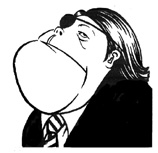
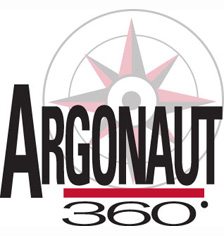

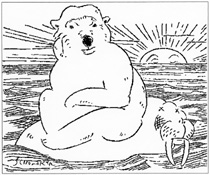
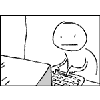
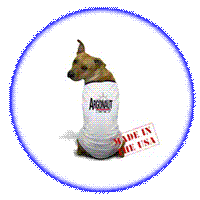
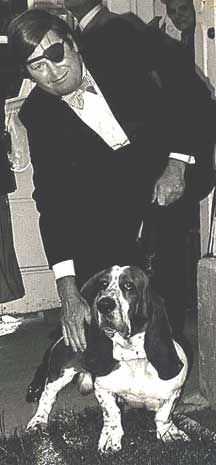
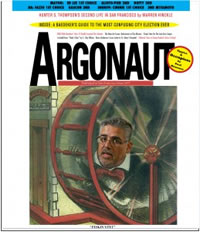

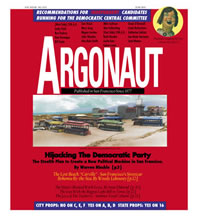

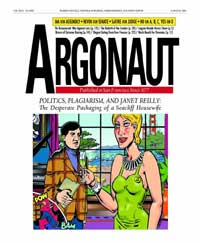

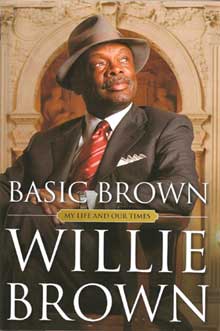
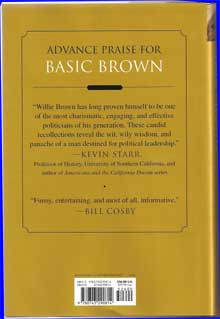
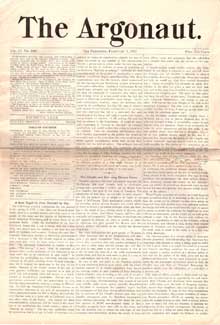
0 responses so far ↓
There are no comments yet...Kick things off by filling out the form below.
You must log in to post a comment.